Their capacity to put out more power and ear-splitting ringtones should be enough, but that’s not the whole story. They’re comprised of straight-six pots joined to a common crank, resulting in an inherently balanced sitting, no matter the V angle you position them.
And yes, the power.
The piston is firing at every 60° of crank rotation. The result? A smooth power delivery hardly matched by other engines. Yes, we’re talking about the V12 engine, long a symbol of automotive prestige, power, and performance. In this comprehensive review, we will explore the top 17 most powerful V12 engines in the world, their specifications, and the iconic cars they propel.
Related Reading: Here Are The 11 Most Powerful V6 Engines Ever Made (A Current List)
17. McLaren F1's 6.1-Liter V12
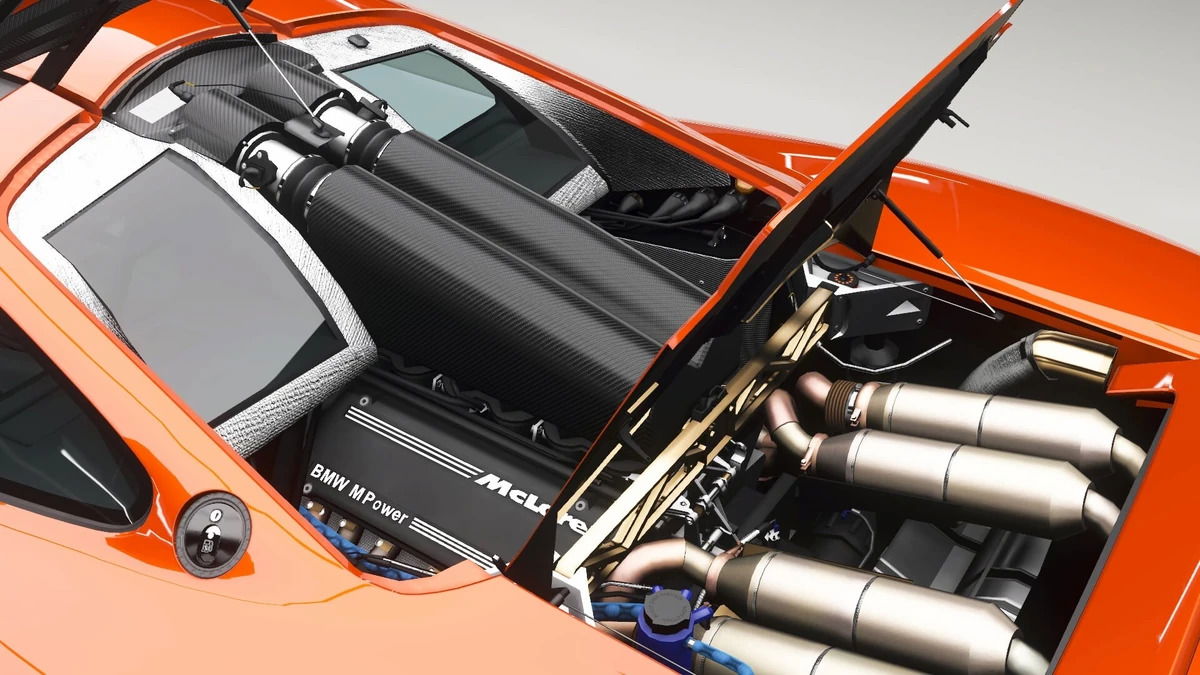
- Power: 627 HP
- Found In: McLaren F1
The McLaren F1's 6.1-liter V12 engine was developed by BMW and produces 627 horsepower and 480 lb-ft of torque. This powerful engine, coupled with the car's lightweight construction, allows the F1 to reach a top speed of 243 mph and accelerate from 0-60 mph in just 3.2 seconds.
16. Ferrari Enzo's 6.0-Liter V12
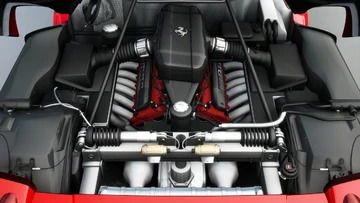
- Power: 651 HP
- Found In: Ferrari Enzo
The Ferrari Enzo's 6.0-liter V12 engine was developed using Formula 1 technology and produces 651 horsepower and 485 lb-ft of torque.
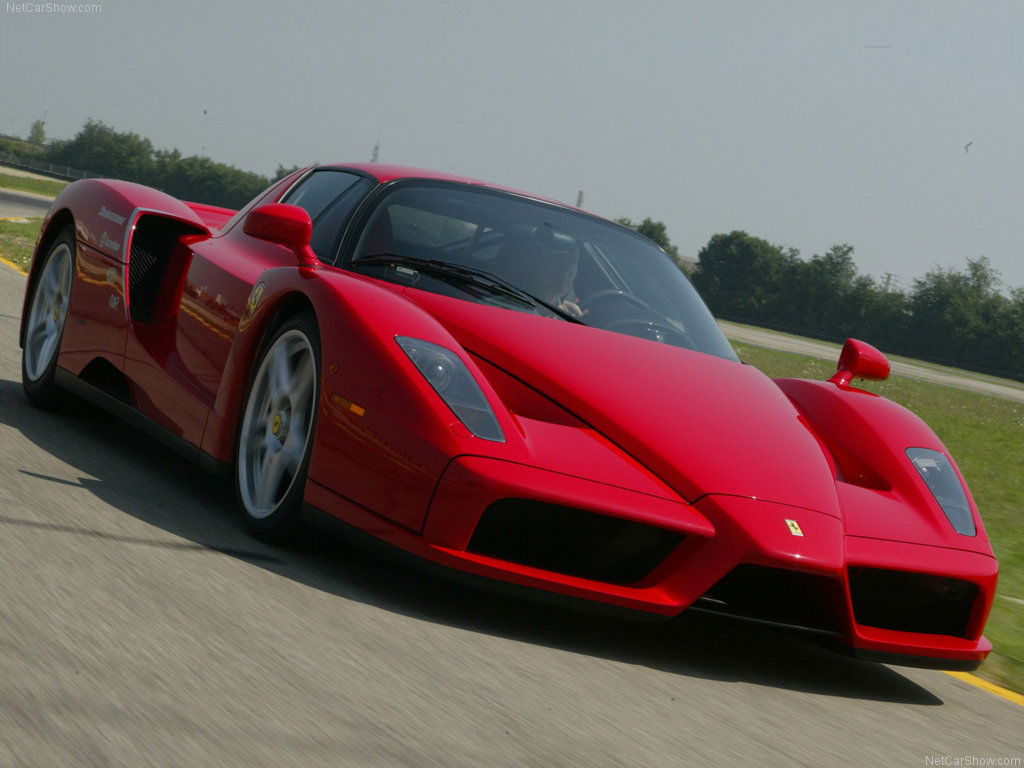
This engine, coupled with the Enzo's lightweight construction, allows the car to reach a top speed of 217 mph and accelerate from 0-60 mph in just 3.3 seconds.
15. Lamborghini Murciélago LP 670-4 SV's 6.5-Liter V12
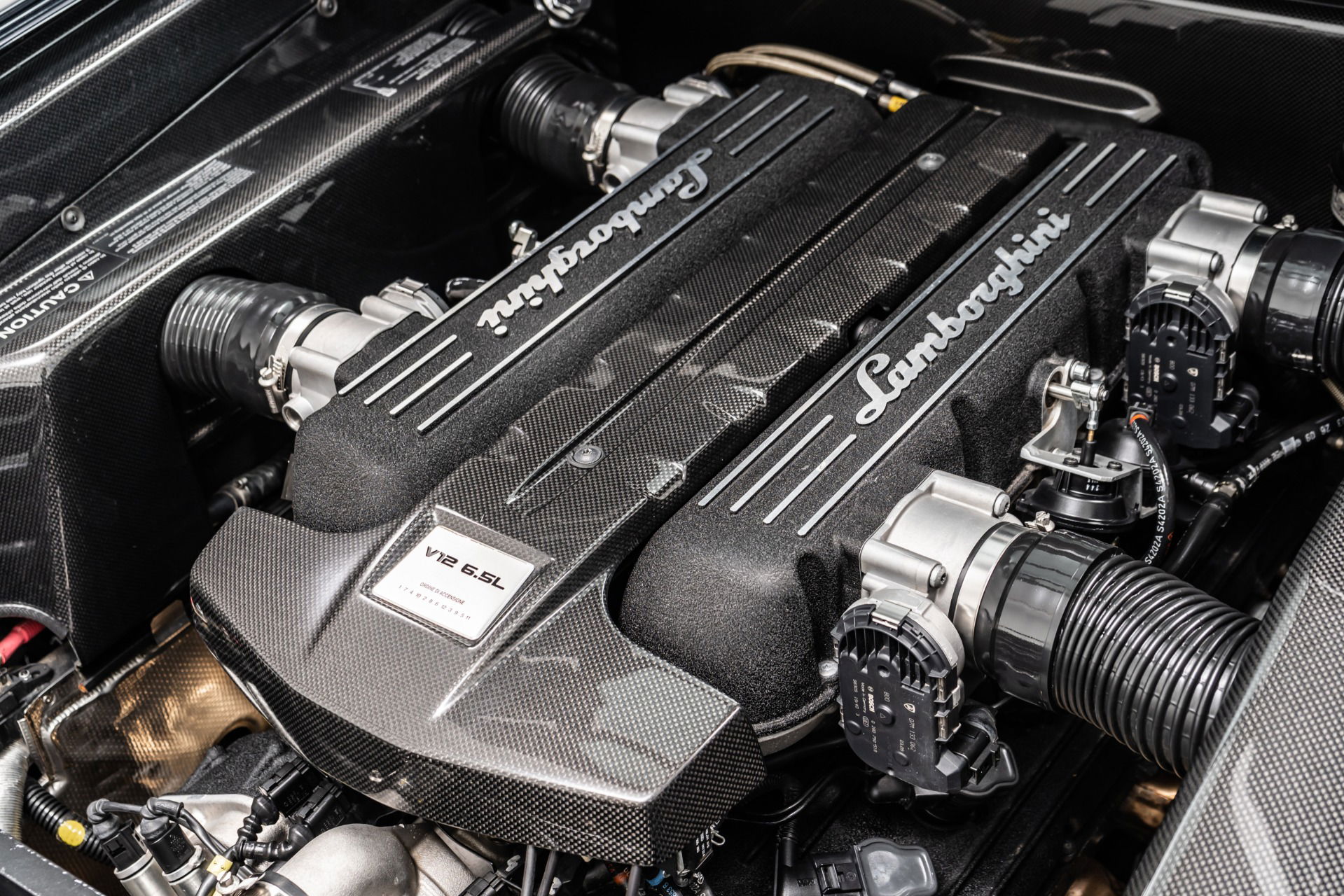
- Power: 661 HP
- Found In: Lamborghini Murciélago LP 670-4 SV
The Lamborghini Murciélago LP 670-4 SV's 6.5-liter V12 engine produces 661 horsepower and 487 lb-ft of torque, allowing the car to reach a top speed of 209 mph and accelerate from 0-60 mph in just 3.2 seconds.
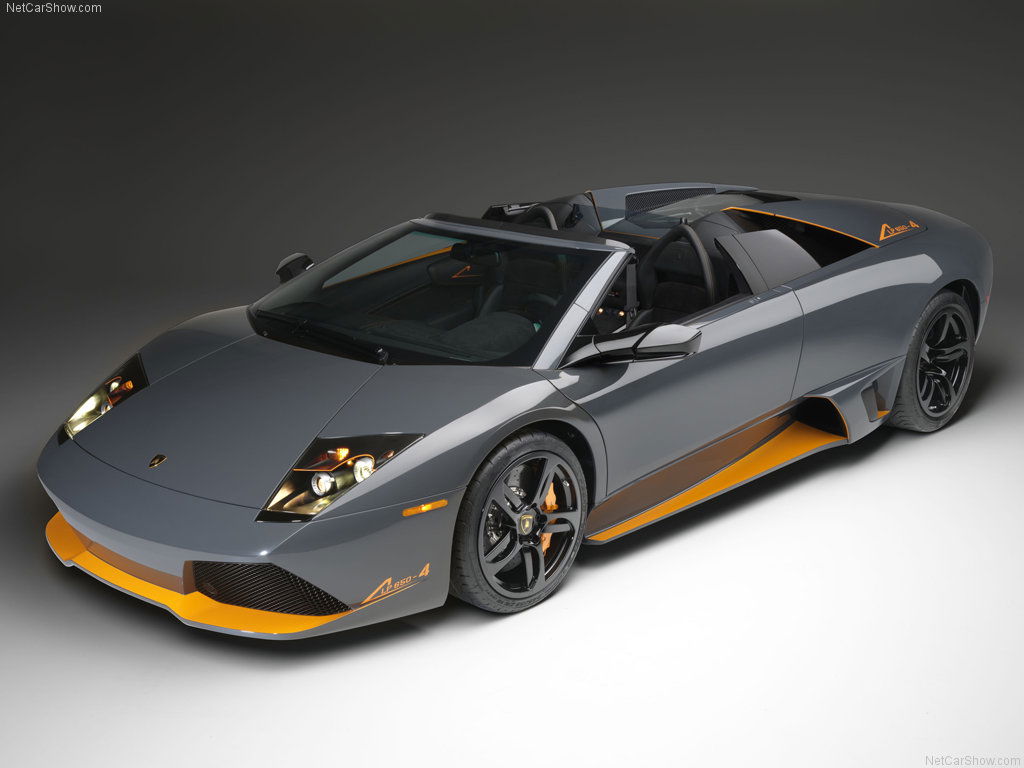
This naturally aspirated engine, combined with the car's aggressive styling, makes for an iconic Lamborghini supercar.
14. Mercedes-AMG One's 1.6-Liter V12
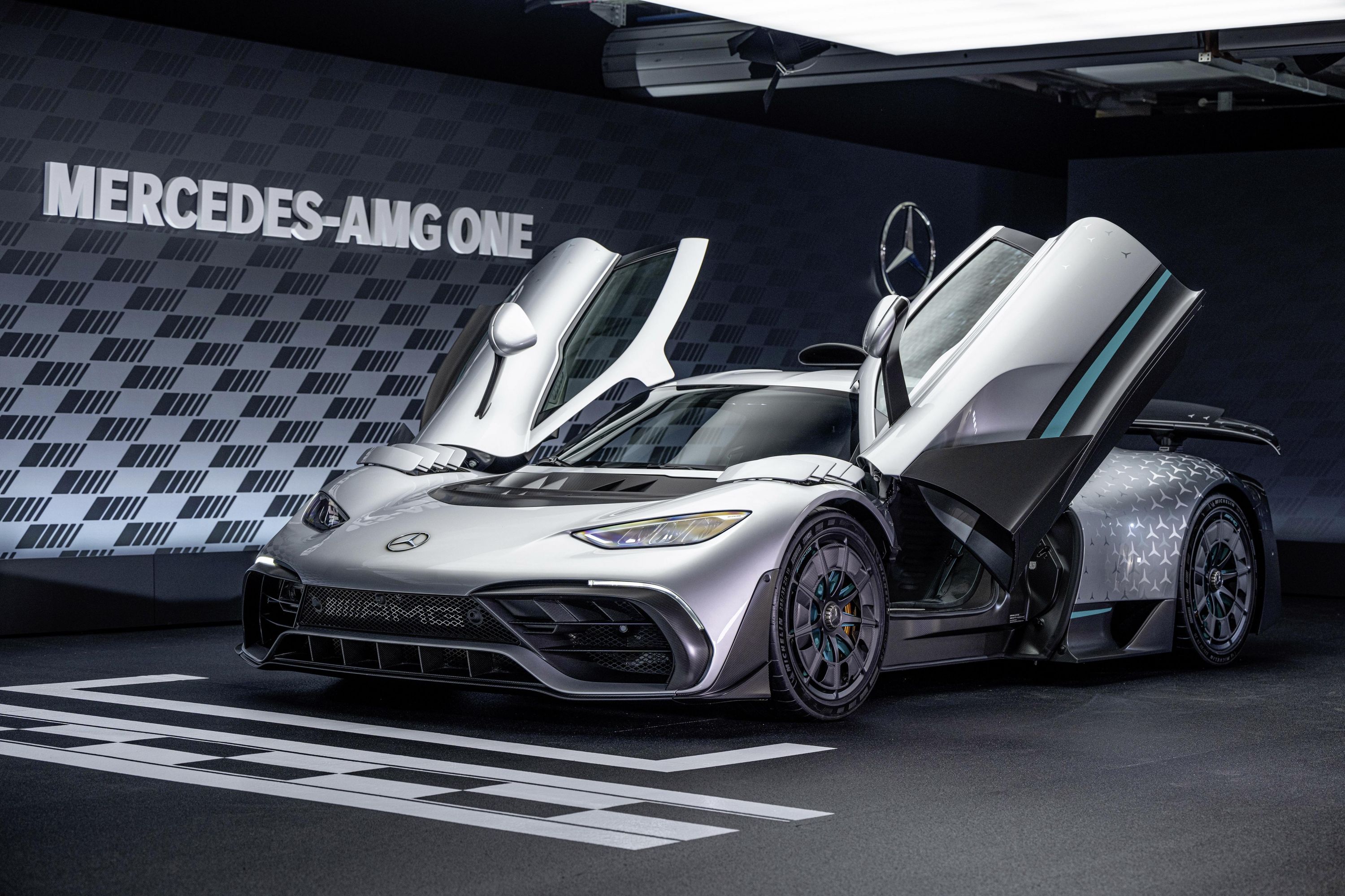
- Power: 748 HP
- Found In: Mercedes-AMG One
Though smaller in displacement than its competitors, the Mercedes-AMG One's 1.6-liter V12 engine is a formidable powerhouse.
With 748 horsepower and 516 lb-ft of torque, this engine is derived from Formula 1 technology, providing the hypercar with incredible acceleration and performance capabilities.
13. Lamborghini Aventador SVJ's 6.5-Liter V12
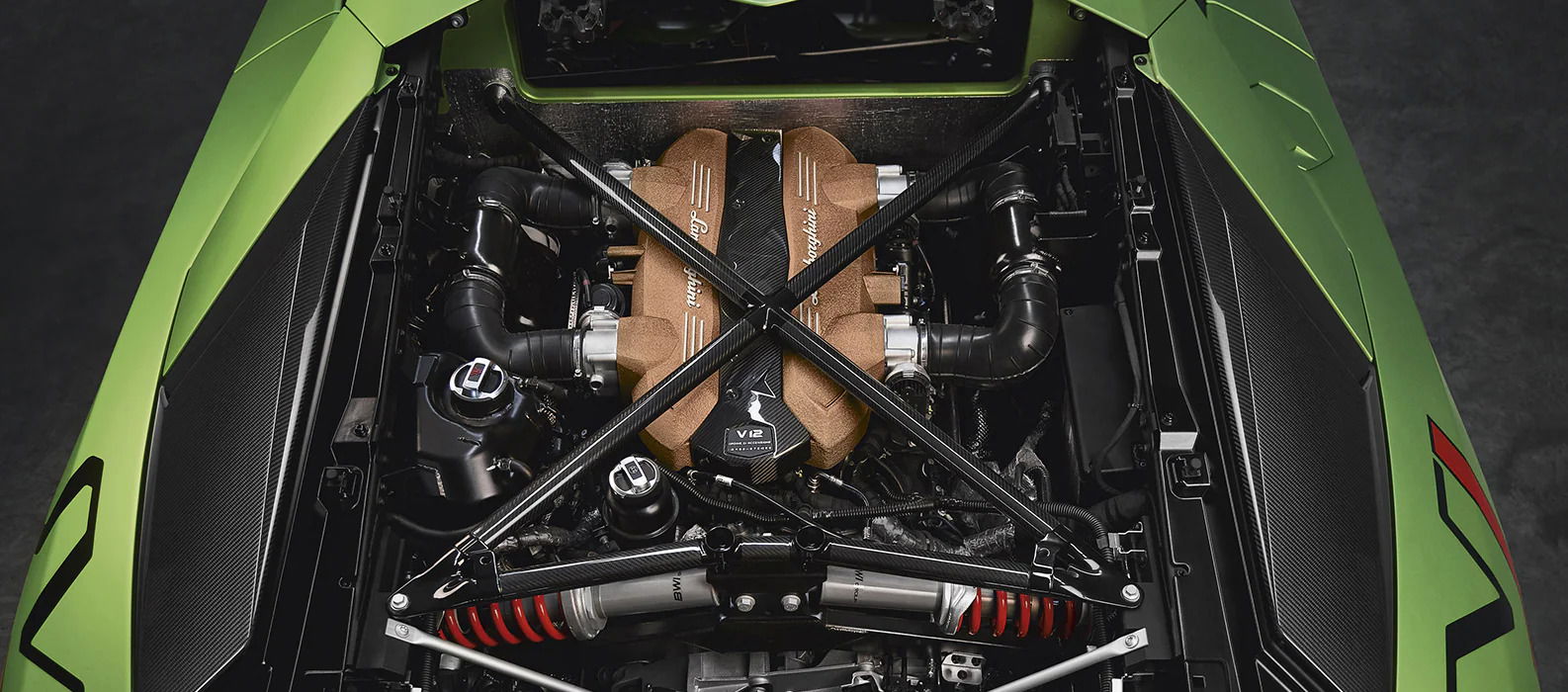
- Power: 759 HP
- Found In: Lamborghini Aventador SVJ
Lamborghini's Aventador SVJ is home to a 6.5-liter V12 engine that generates 759 horsepower and 531 lb-ft of torque. This naturally aspirated powerhouse propels the Aventador SVJ from 0-60 mph in just 2.7 seconds, making it a formidable presence on the road.
12. Lamborghini Sian Roadster’s 6.5-Liter V12

- Power: 774 HP
- Found In: Lamborghini Sian Roadster
The Lamborghini Sian Roadster showed up in 2020 with a hybrid powertrain that combines a V12 engine with an electric motor. The V12 is a 6.5-liter naturally aspirated unit capable of generating 774 horsepower (785 CV) and reaching a maximum engine speed of 8,500 rpm.
Paired with a 48-volt electric motor that provides an additional 34 horsepower (34 CV), the Sian’s powerplant makes a combined output of 808 horsepower (819 CV). This hybrid system enables the Sian Roadster to deliver impressive performance while also offering enhanced efficiency.
The engine's power is transmitted to all four wheels through Lamborghini's innovative seven-speed ISR (Independent Shifting Rods) transmission, providing quick and precise gear changes.
11. Pagani Huayra BC's 6.0-Liter V12
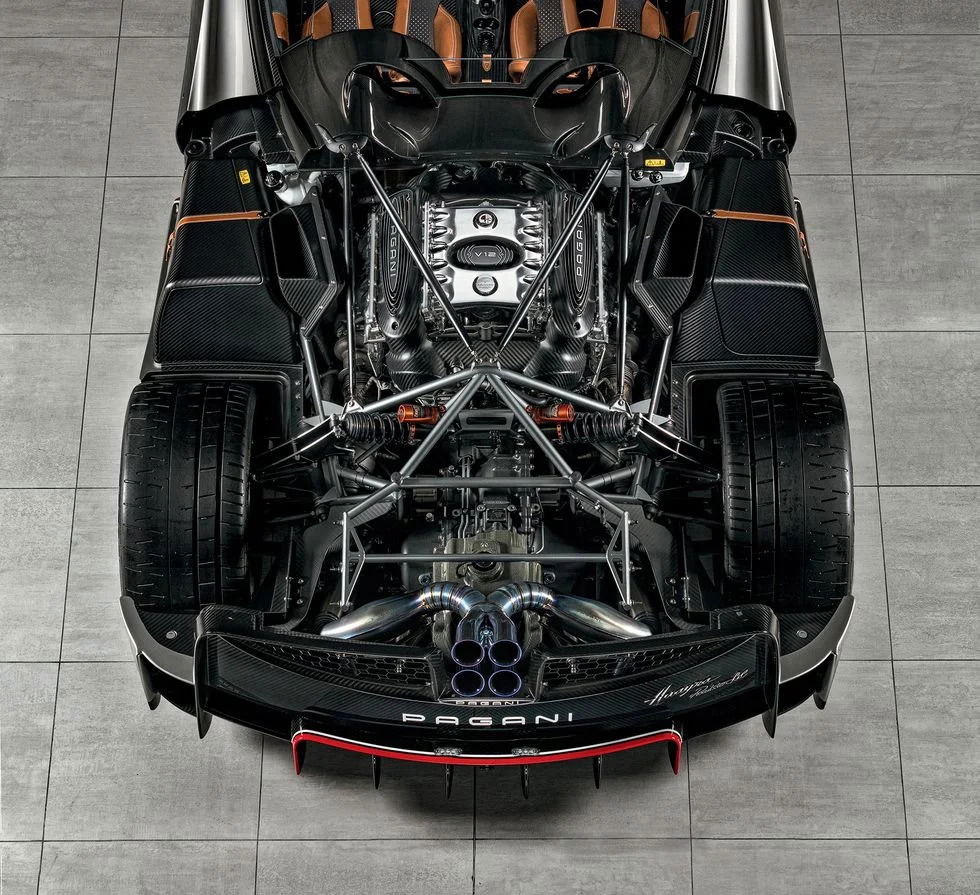
- Power: 789 HP
- Found In: Pagani Huayra BC
The Pagani Huayra BC features a 6.0-liter V12 engine developed by Mercedes-AMG that generates a remarkable 789 hp and 811 lb-ft of torque.
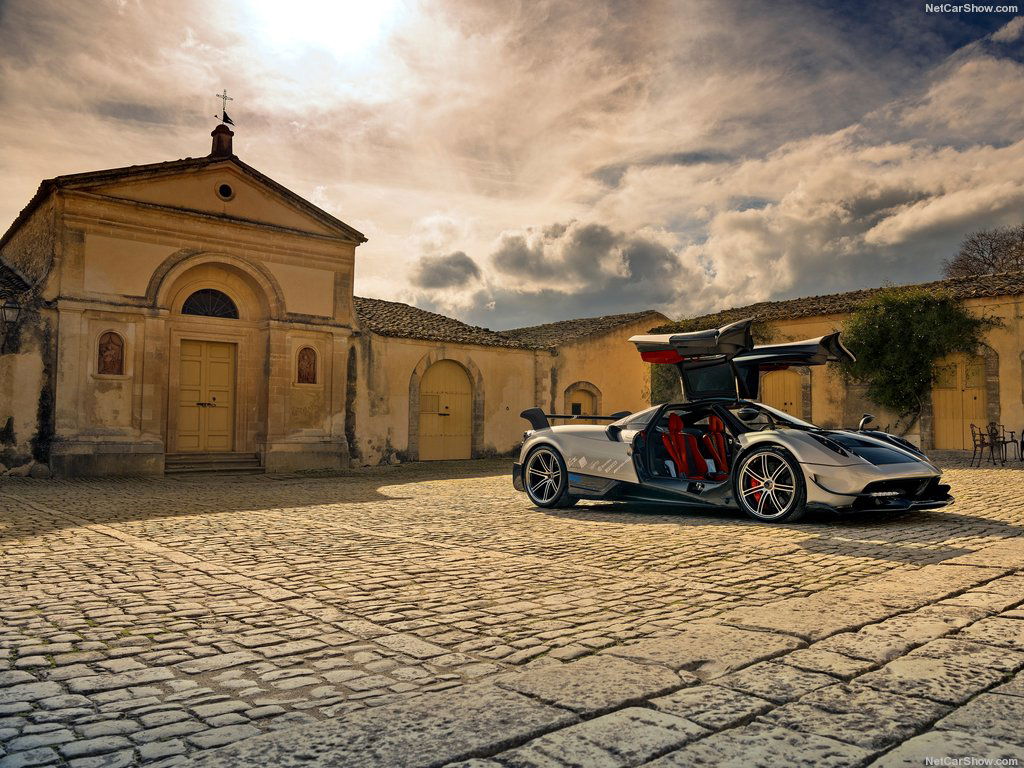
This powerful engine, paired with the Huayra BC's lightweight construction, results in an impressive power-to-weight ratio and incredible performance on the road.
Related Reading: Highest Horsepower Cars: Top 10 Most Powerful Cars In The World Right Now
10. Ferrari LaFerrari Aperta’s 6.3-Liter F140 FE V12
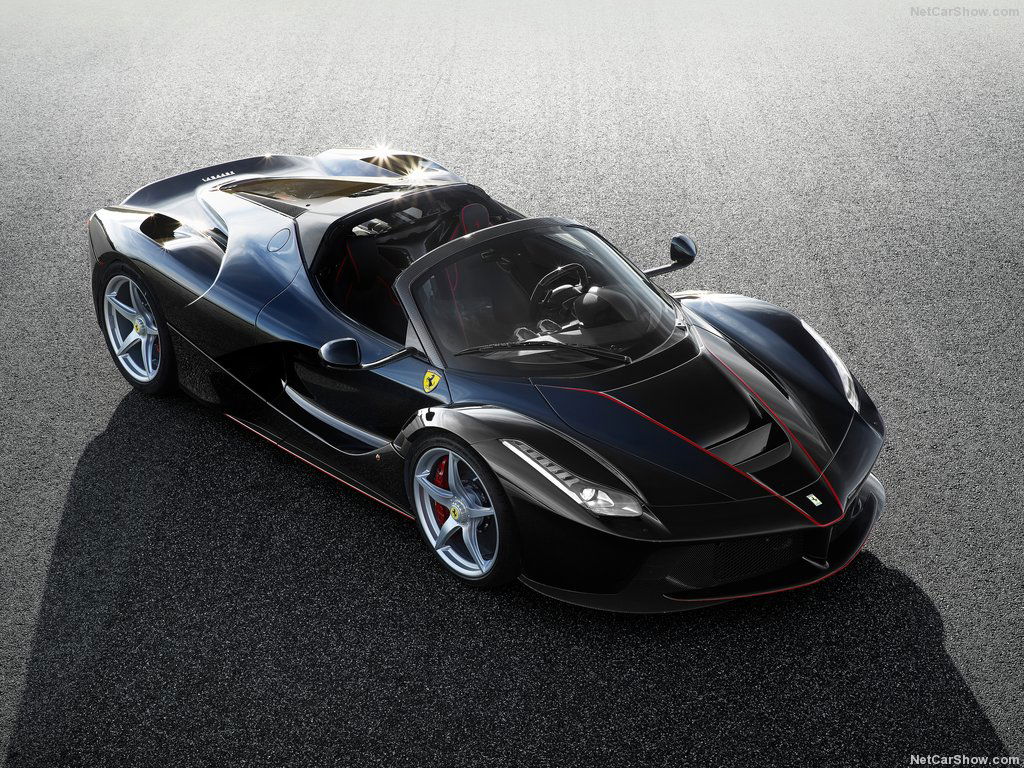
- Power: 789 HP
- Found In: Ferrari LaFerrari
Hitting the limelight in 2017, the Ferrari LaFerrari Aperta utilizes a hybrid powertrain similar to the LaFerrari coupe. It combines a powerful 789 horsepower 6,262cc V12 engine with a 120 kW (163 CV) electric motor, resulting in a total power output exceeding 949 horsepower.
The V12 engine was the most potent naturally aspirated engine ever featured in a road-going Ferrari, delivering 800 horsepower and capable of revving up to 9,250 rpm.
The engine's exceptional performance is achieved through meticulous refinement of its volumetric, mechanical, and combustion efficiency. It employs continuously variable-length intakes, optimizing performance based on engine speed, a technique previously employed in Formula 1 engines.
The torque and power curves are also optimized across the entire rev range, ensuring extraordinary performance, an exhilarating driving experience, and the unmistakable sound signature of a Prancing Horse.
9. Ferrari 812 Superfast's 6.5-Liter V12
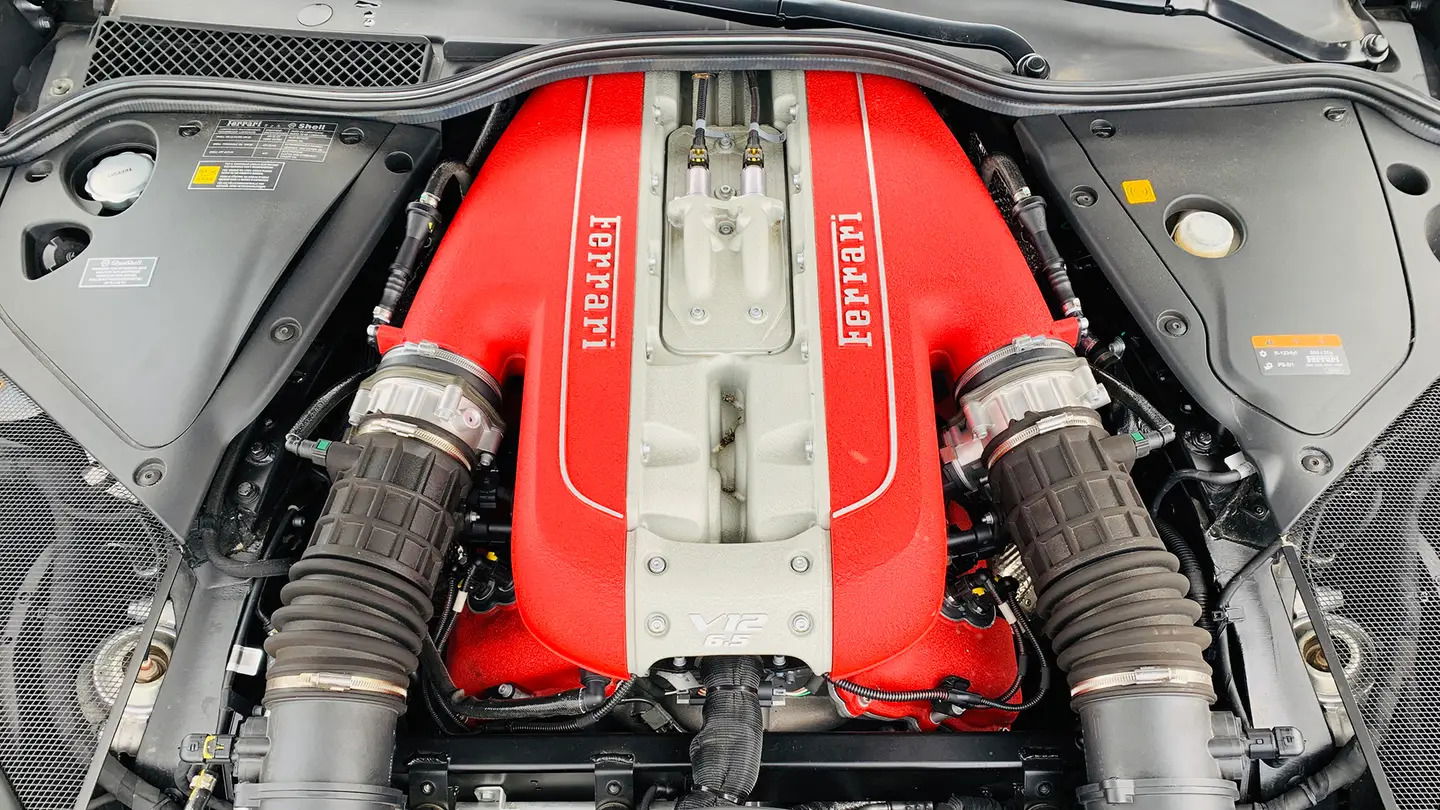
- Power: 789 HP
- Found In: Ferrari 812 Superfast
The 812 Superfast's 6.5-liter V12 engine is a testament to Ferrari's engineering prowess. Producing 789 horsepower and 530 lb-ft of torque, this engine allows the 812 Superfast to reach a top speed of 211 mph, making it one of the fastest production V12-powered cars in the world.
8. Ferrari Monza SP1’s 6.5-Liter V12
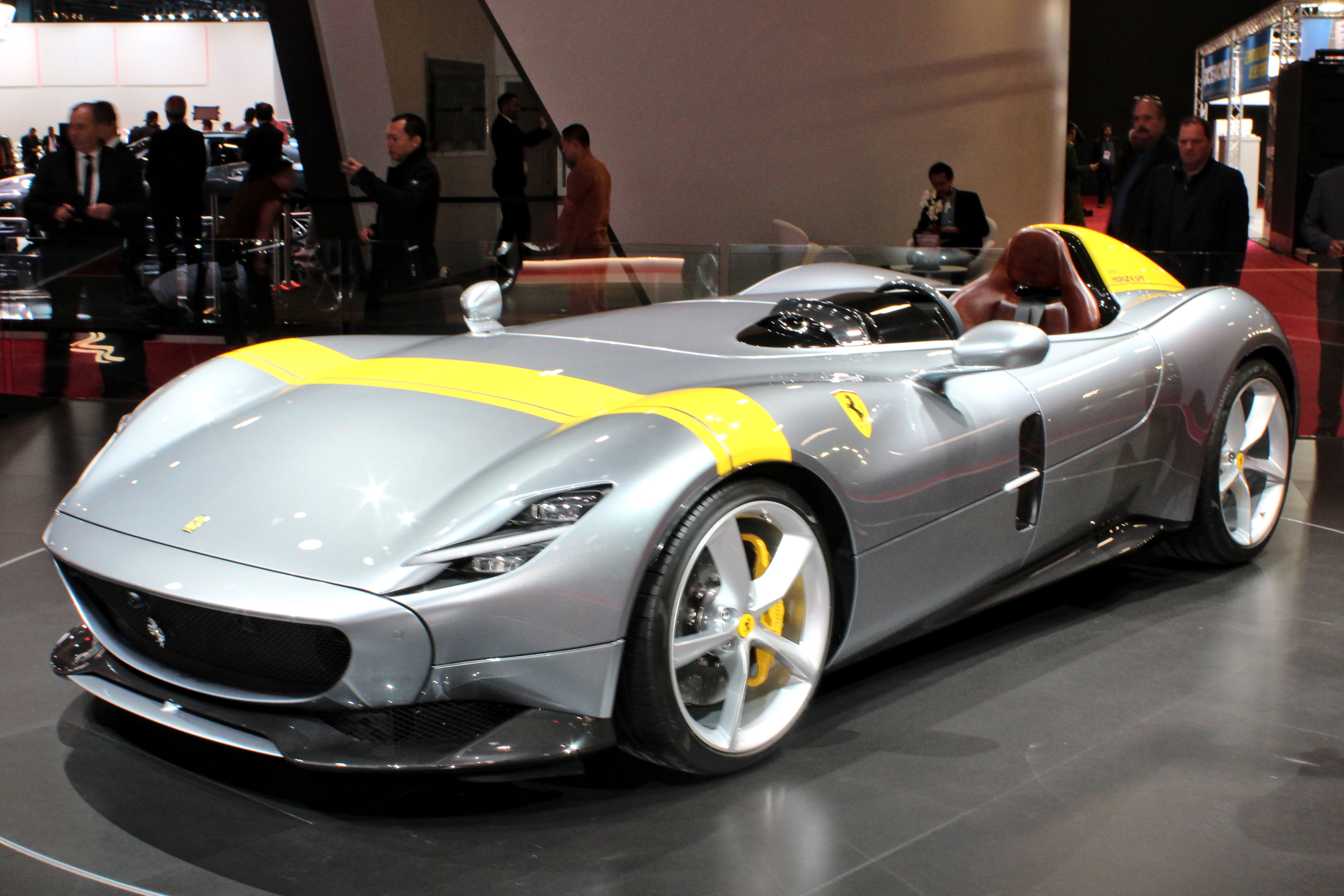
- Power: 809 HP
- Found In: Ferrari Monza SP1 & 2
First arriving in 2018, the Ferrari Monza SP1 gets power from a potent 6.5-liter naturally aspirated V12 engine derived from Ferrari's flagship model, the 812 Superfast. This engine produces an impressive 809 horsepower (810 CV) and 530 lb-ft of torque.
The high-revving engine is capable of reaching a redline of 8,900 rpm, delivering the sort of exhilarating performance you can only attribute to the Prancing Horse.
The power is sent to the rear wheels through a seven-speed dual-clutch transmission, enabling rapid gear changes and precise control. The Monza SP1’s power mill ensures a thrilling driving experience with its immense power and distinctive V12 sound.
7. Lamborghini Revuelto’s 6.5-Liter V12

- Power: 814 HP
- Found In: Lamborghini Revuelto
Unveiled in 2023, the Lamborghini Revuelto is a piping-hot supercar powered by an equally brand-new 6.5-liter V12 power mill. The Revuelto supplements the V12 with three electric motors, resulting in a hybrid powertrain that generates a combined output of 1,001 horsepower.
The V12 engine is naturally aspirated, with a displacement of 6498.5 cm3, and it alone produces 814 horsepower and 535 pound-force feet of torque. The electric motors contribute an additional 187 hp and 60 lb⋅ft of torque.

The power travels to all four wheels via an 8-speed dual-clutch automated manual transmission. The Revuelto’s performance figures are impressive: a top speed of over 217 mph, acceleration times from 0 to 62 mph in just 2.5 seconds, and 0 to 124 mph in under 7 seconds.
6. Pagani Imola’s 6.0-Liter V12
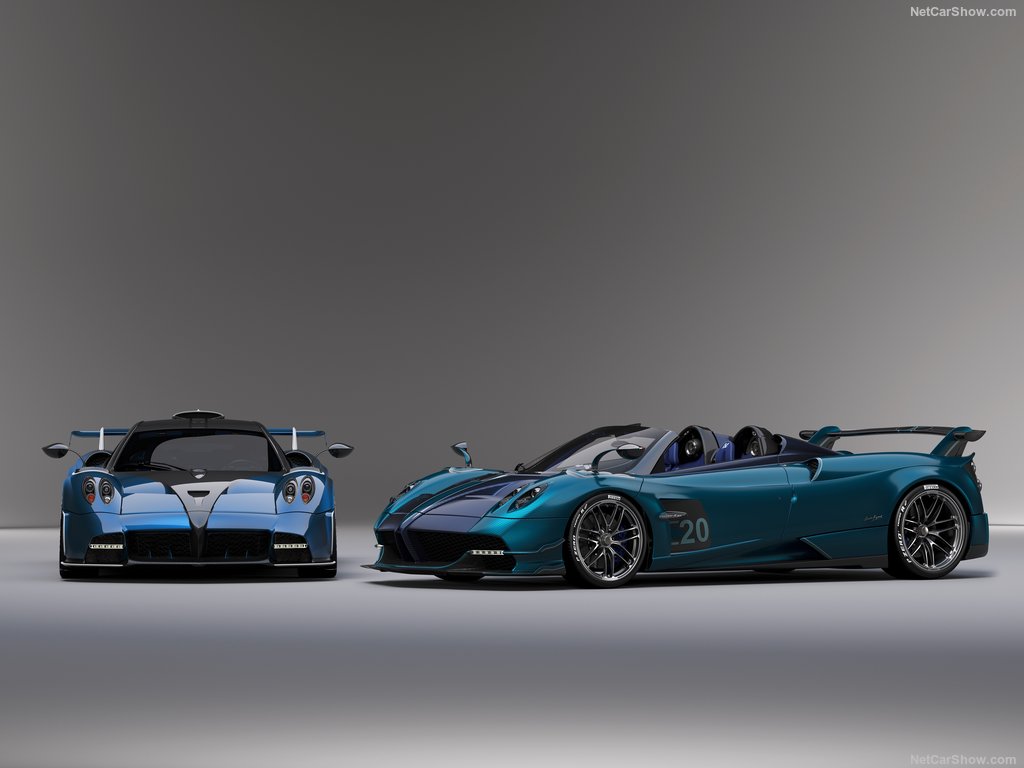
- Power: 827 hp
- Found in: Pagani Imola
Introduced in 2020, the Pagani Imola gets propulsion power from a potent 6.0-liter twin-turbocharged V12 engine sourced from Mercedes-AMG. This engine is capable of producing an astonishing 827 horsepower and 811 lb-ft of torque.
With its high-performance configuration and a seven-speed automated manual transmission, the Pagani Imola can achieve impressive acceleration and speed bolstered by seamless gear changes and enhanced overall driving experience.
5. Ferrari 812 Competizione’s 6.5-Liter V12
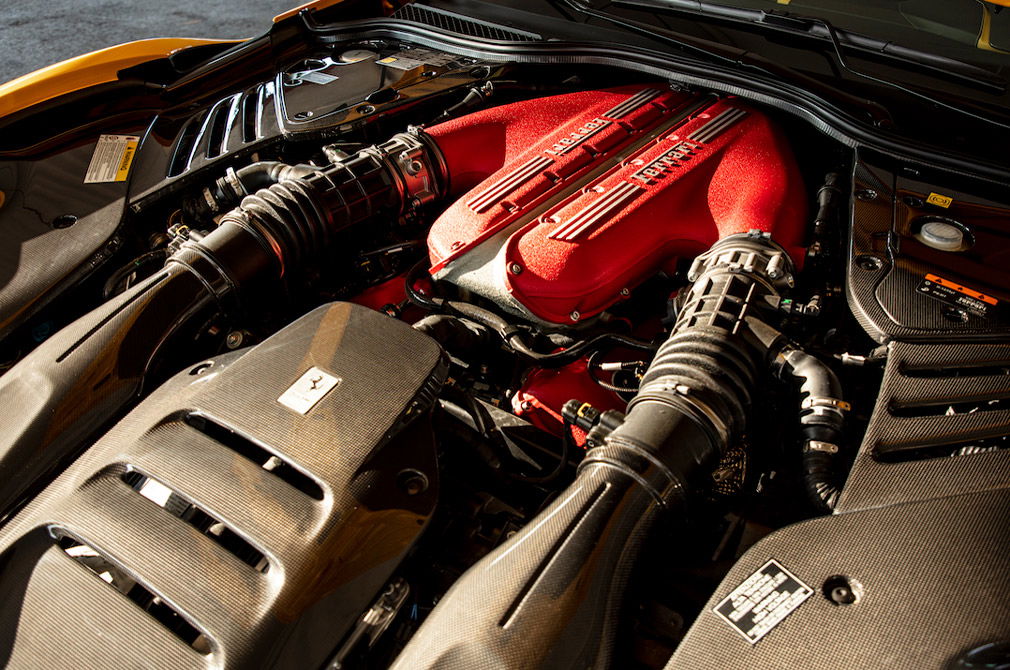
- Power: 830 HP
- Found In: Ferrari 812 Competizione
Debuting in 2021, the Ferrari 812 Competizione is a track version of the celebrated 812 Superfast. The Competizione also had a drop-top variant with the “A” dubbing at the end of its name to signify “Aperta (Open, in Italian).”
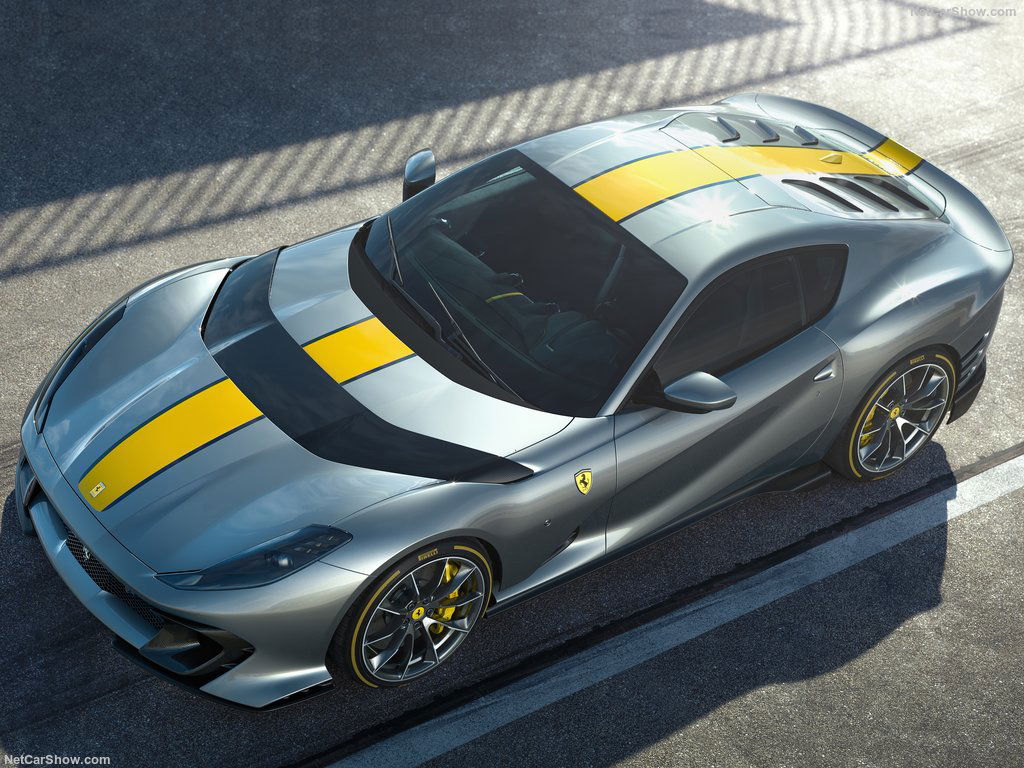
As such, the Competizione is the more powerful 812, rocking an updated version of the 6.5-liter naturally aspirated V12 unit that delivers a remarkable 830 horsepower (830 CV) and can rev up to 9,500 rpm.
The engine's immense power allows the Ferrari 812 Competizione to accelerate from 0 to 62 mph in just around 2.85 seconds.
4. Ferrari Daytona SP3’s 6.5-Liter F140 HC V12
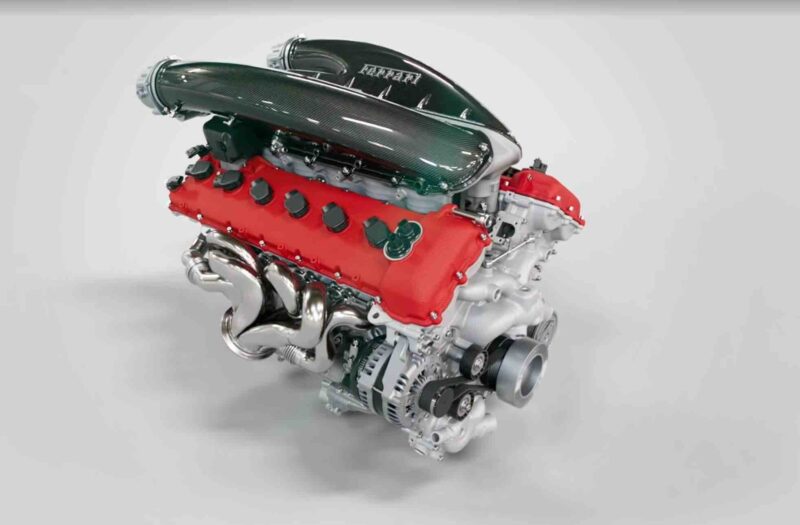
- Power: 840 HP
- Found In: Ferrari Daytona SP3
Produced since 2022, the Ferrari Daytona SP3 is powered by a naturally aspirated 6.5-liter V12 engine that it shares with the 812 Superfast.
This marks Ferrari's return to using naturally aspirated, mid-mounted engines for limited edition cars without hybrid electric systems, a feature not seen since the Ferrari Enzo was introduced in 2002.
The mill churns out an impressive 840 horses at 9,250 rpm and 514.08 pound-force feet of torque at 7,250 rpm. The max engine speed stands at 9,500 rpm, while the power per liter is at 129.3-hp/L.
The Daytona SP3’s V12 engine is married to a quicker-shifting version of the 812 Competizione's 7-speed automatic dual-clutch gearbox, giving birth to gear shifts less than 200 milliseconds.
To ensure efficient power delivery, Ferrari has equipped the transmission with an electronic differential (e-diff) and a range of advanced electronics, including Side Slip Control (SSC) 6.1 with Ferrari Dynamic Enhancer (FDE).
The Daytona SP3 represents an end of an era as it is the last Ferrari road car to use the mid-ship V12 engine. The company is transitioning to engines with fewer cylinders, such as turbocharged V8s, and integrating hybrid electric systems similar to the SF90 Stradale already in production.
Related Reading: The Seven Most Powerful 4-Cylinder Engines And The Cars Using Them
3. Ferrari FXX-K Evo's 6.3-Liter V12
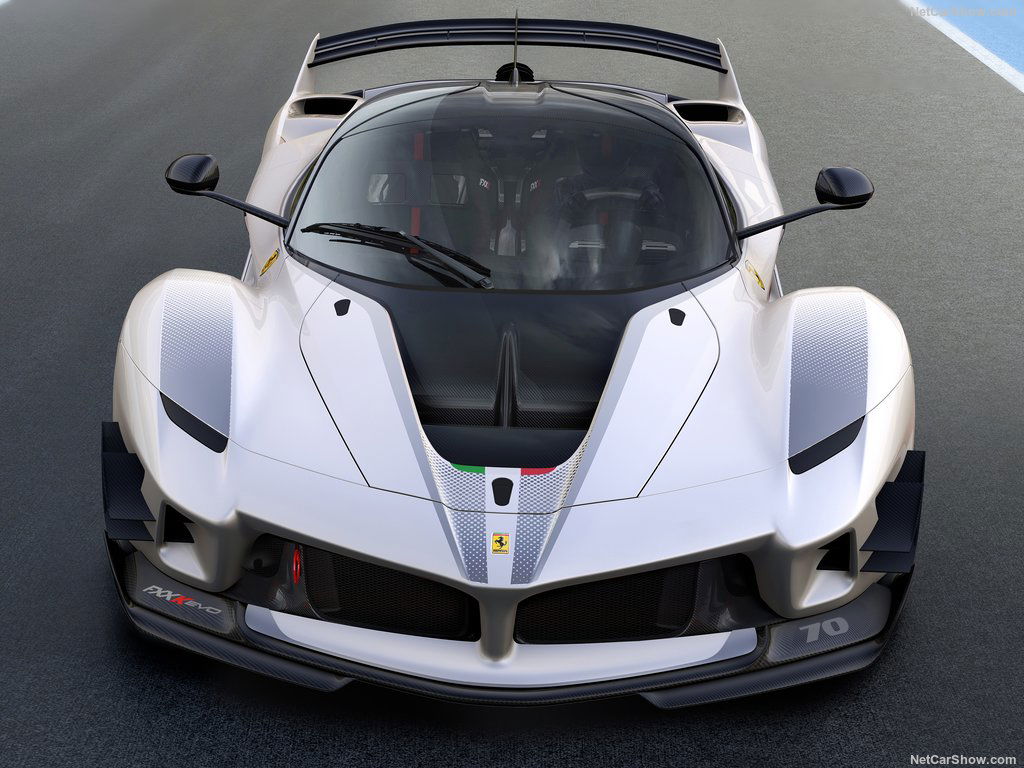
- Power: 848 HP
- Found In: Ferrari FXX-K Evo
The Ferrari FXX-K Evo's 6.3-liter V12 engine is a masterpiece of engineering, offering a staggering 1,036 horsepower. This track-only hypercar's hybrid powertrain combines its 848-hp V12 engine with an electric motor for a total output of 1,036 horsepower and 664 lb-ft of torque, making it one of the most powerful V12 engines in the world.
The FXX V12’s engine underwent continuous improvements to enhance its performance. As part of the Evo kit, the engine was fine-tuned to generate 848 horsepower at 9,500 rpm. These modifications resulted in increased power output and quicker gear changes.
Additionally, efforts were made to reduce the car's aerodynamic drag, further optimizing its performance. With this engine, the FXX Evo could accelerate from 0 to 62 mph in an impressive 2.5 seconds.
2. Pagani Utopia’s 6.0-Liter V12
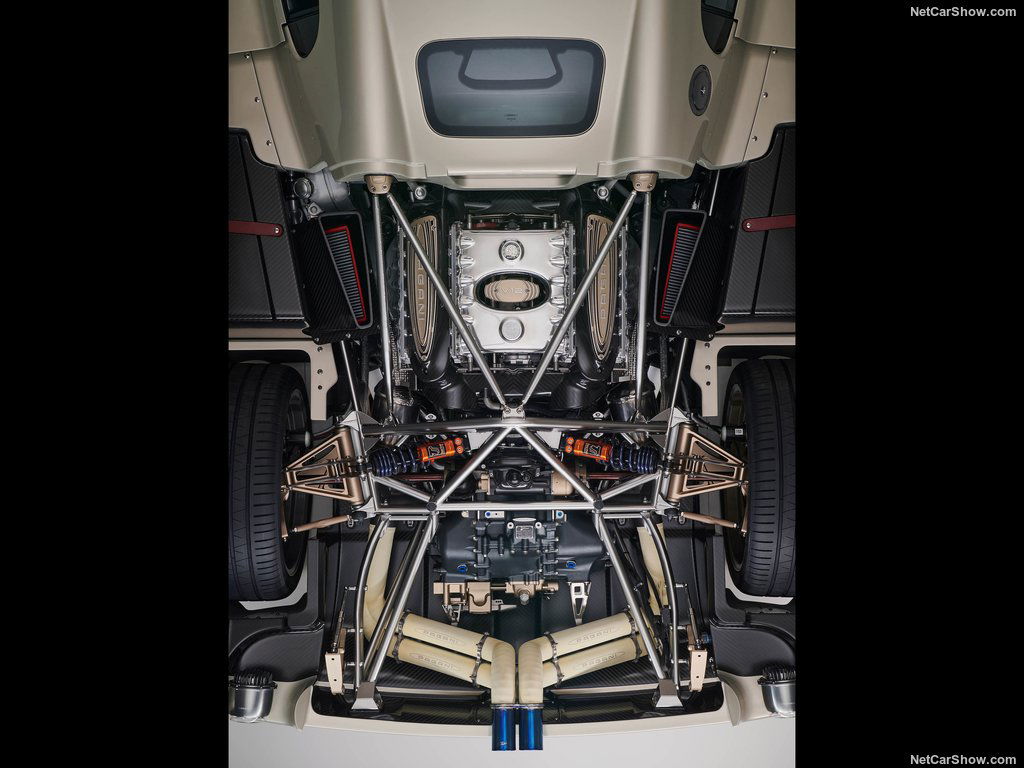
- Power: 852 HP
- Found In: Pagani Utopia
Unleashed in 2022, the Pagani Utopia derives its power from an all-new 6-litre twin-turbocharged V12 engine designed and built by Mercedes-AMG. This engine can produce a substantial 852 horsepower at 6,000 rpm and deliver 811 lb⋅ft of torque between 2,800 and 5,900 rpm.
Despite this power, the engine itself is relatively light, weighing in at 262 kg when dry. Furthermore, Pagani worked in collaboration with Xtrac to develop a 7-speed gearbox for the Utopia.
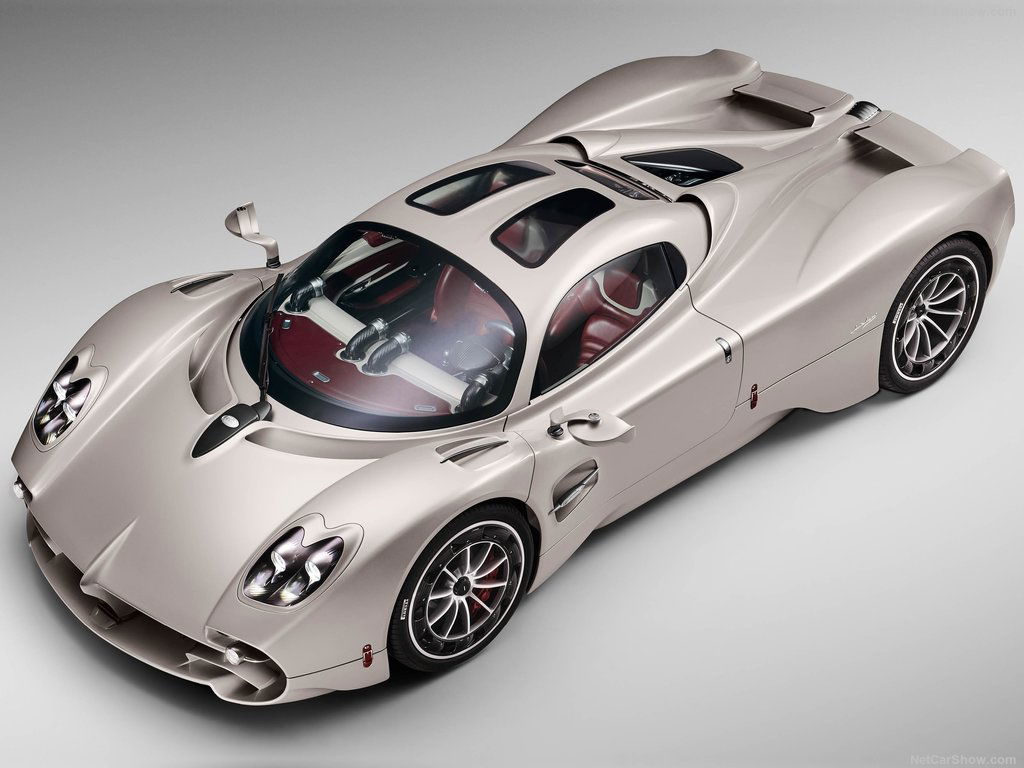
This gearbox, mounted transversally, offers drivers the choice of a pure manual or an automated manual transmission. It's coupled with an electro-mechanical differential through a triple plate clutch, enhancing the Utopia's performance and handling capabilities.
1. Aston Martin Valkyrie's 6.5-Liter V12
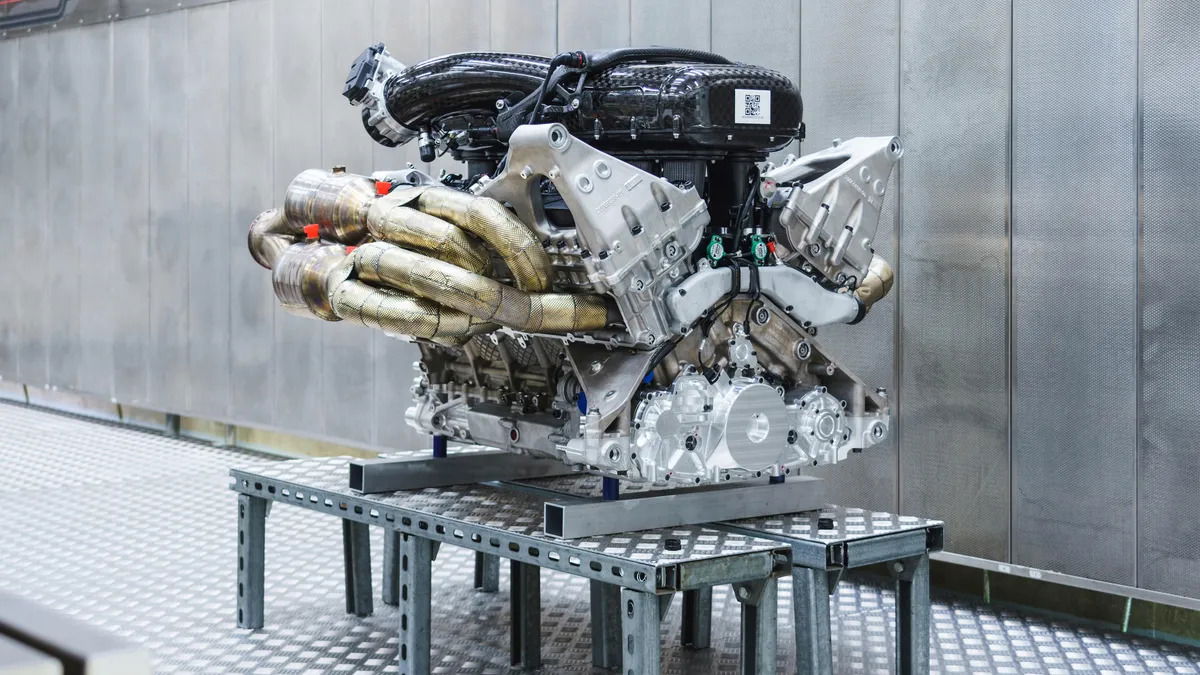
- Power: 1,000 HP
- Found In: Aston Martin Valkyrie
The Aston Martin Valkyrie boasts a naturally aspirated 6.5-liter V12 engine developed by Cosworth that produces 1,000 horsepower and 546 lb-ft of torque.
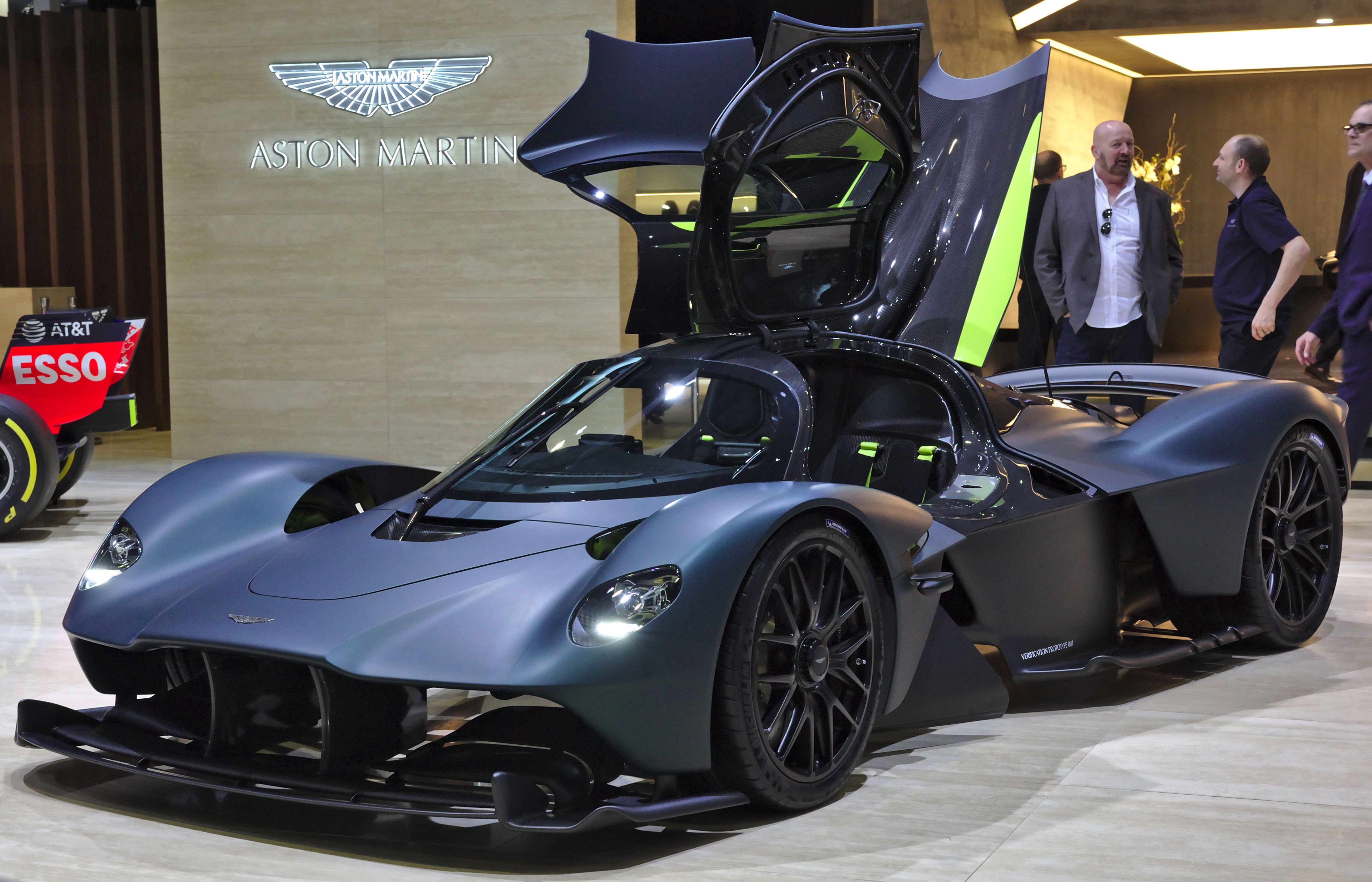
This engine's high-revving nature and its partnership with a hybrid system result in a combined output of 1,160 hp, providing the Valkyrie with remarkable performance capabilities.
Notable Mention
7. Bugatti Chiron's 8.0-Liter W16 (Quad V12)

- Power: 1,479 hp
- Found In: Bugatti Chiron
While not strictly a V12 engine, the Bugatti Chiron's 8.0-liter W16 engine is essentially four V12 engines combined into one. The result is a mind-boggling 1,479 hp and 1,180 lb-ft of torque, allowing the Chiron to reach a top speed of 261 mph and accelerate from 0-60 mph in just 2.4 seconds.
Summarily,
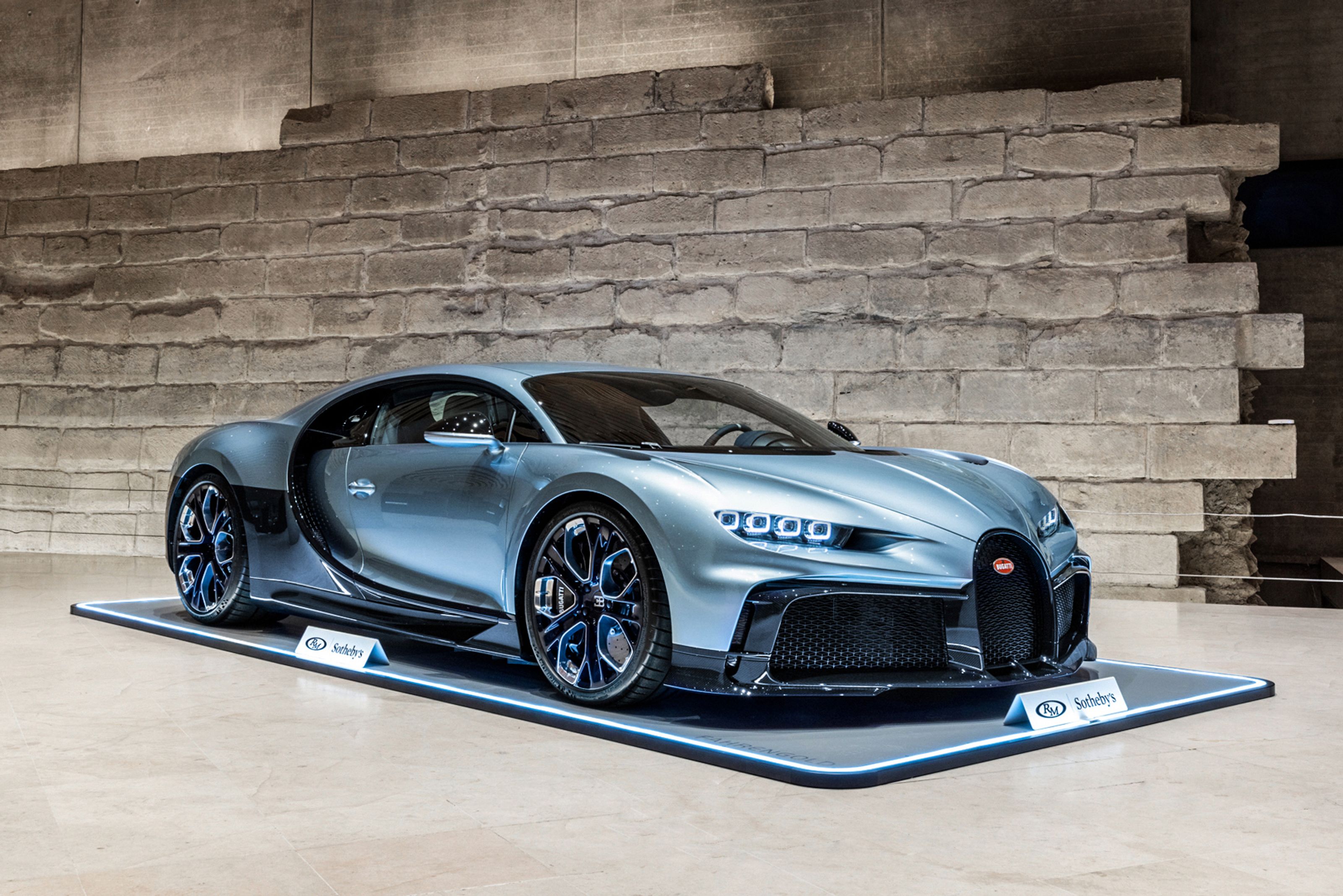
The V12 engine has long been a symbol of automotive power and prestige, and these 17 engines represent the pinnacle of V12 engineering.
From Ferrari's track-only hypercar to Bugatti's quad V12 engine, these engines power some of the most iconic cars in the world, providing drivers with incredible performance capabilities and unforgettable driving experiences.